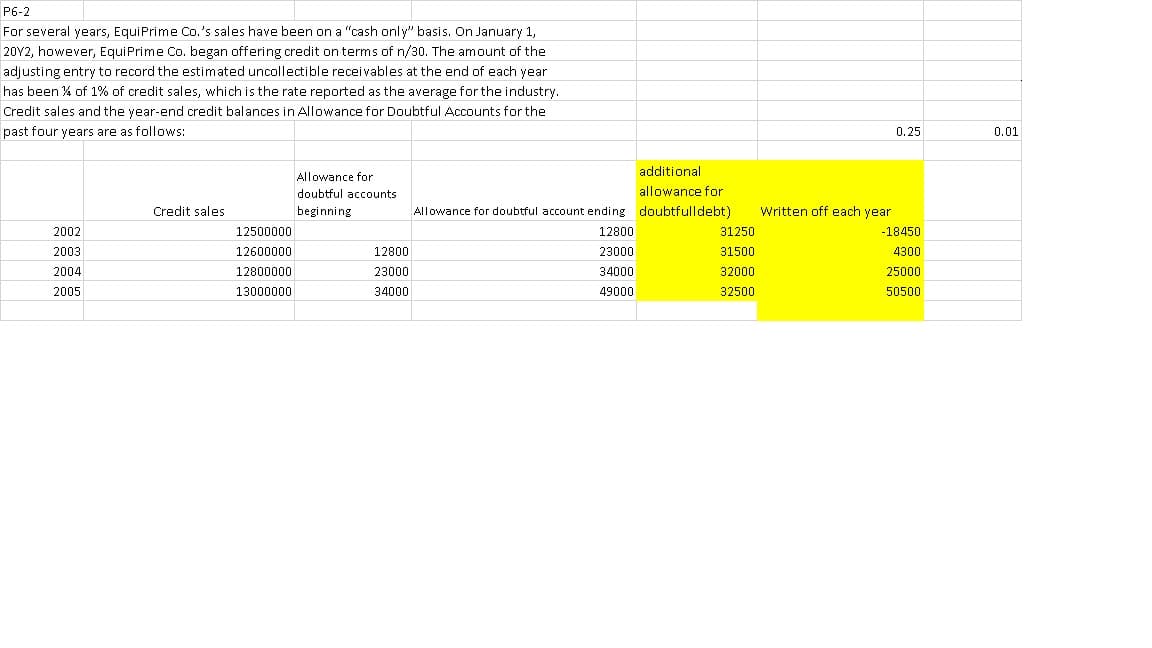hi Can you assist me in undertanding better how you calculated the written off amount ? Why is the formula addind the opening and closing balance of the allowance for doubtful accounts and substract the allowance estimated ? You mentionned the bad debt was equal to total estimated allowance for doubtful accounts- balance in allowance for doubtful account . Is this the same formula to use for the write off ? Many thanks
Bad Debts
At the end of the accounting period, a financial statement is prepared by every company, then at that time while preparing the financial statement, the company determines among its total receivable amount how much portion of receivables is collected by the company during that accounting period.
Accounts Receivable
The word “account receivable” means the payment is yet to be made for the work that is already done. Generally, each and every business sells its goods and services either in cash or in credit. So, when the goods are sold on credit account receivable arise which means the company is going to get the payment from its customer to whom the goods are sold on credit. Usually, the credit period may be for a very short period of time and in some rare cases it takes a year.

Step by step
Solved in 2 steps









